
Alfa Romeo gaat vanaf September nieuwe MultiAir motoren aanbieden voor de Alfa Romeo MiTo.
Update: Wij hebben de Alfa Romeo MiTo MultiAir (135 pk) Getest! Lees het hier!
De nieuwe MultiAir techniek is volgens Alfa Romeo even belangrijk als de introductie van de Common Rail dieseltechnologie in de Alfa Romeo 156 in 1997. In vergelijking met traditionele benzinemotoren beschikken MultiAir motoren over 10% meer vermogen en 15% meer koppel. Daar stopt het verhaaltje niet, ook het verbruik daalt. De MultiAir motor verbruikt 10% minder dan een traditionele benzinemotor, stoot 10% minder CO2 uit en de uitstoot van roetpartikels daalt met meer dan 40%.
Het hart van een MultiAir motor is een nieuw elektro-hydraulisch kleppensysteem dat het mogelijk maakt om het brandstofverbruik en de CO2-uitstoot te verlagen. De MultiAir technologie kan op alle benzinemotoren toegepast worden en zou in de toekomst ook voor diesel beschikbaar zijn.
De MultiAir motor zal beschikbaar zijn met drie verschillende vermogensoutputs: 105, 135 en 170 pk. Alledrie gebruiken ze de 1.4 liter benzinemotor met 16 kleppen als basis. De eerste twee worden beschikbaar op alle versies van het MiTo gamma, de versie met 170 pk zal exclusief beschikbaar zijn in een speciale “Quadrifoglio Verde” versie die zijn opwachting na de lancering van de MultiAir motor zal maken.
Meer info over de MultiAir techniek vind je hier.
“MultiAir” is launched on the Alfa Romeo MiTo
Just a year before the celebrations for the Centenary and as ever a synonym of refined technologies and high performance engines, Alfa Romeo announces the marketing from September of the Alfa Romeo MiTo with 1.4 Turbo petrol MultiAir engines, the revolutionary technology developed and patented by FPT – Fiat Powertrain Technologies. The range of a winning model is therefore even broader, for a model which, since its launch to date, has seen 60,000 orders and is sold in 34 Countries throughout the world in 5 different continents.
The new engines are an important “breaking point” from the current petrol engine scenario, just as was the case for the diesel Common Rail technology which saw its debut on the Alfa Romeo 156 in 1997. Just think that, compared to a traditional petrol engine with the same displacement, MultiAir engines ensure an increase in power (up to 10%) and torque (up to 15%), as well as a considerable reduction in consumption levels (up to 10%) and CO2 emissions (up to 10%), of particulates (up to 40%) and NOx (up to 60%).
The heart of the MultiAir is the new electro-hydraulic valve control system which makes it possible to reduce consumption levels (thanks to direct air control via the engine suction valves, without the use of the throttle) and polluting emissions (thanks to the combustion control). What’s more, an emblem of the concept of “downsizing”, the Multiair is a versatile technology, easily applied to all petrol engines, with a future potential development on diesel engines, too.
The head of this revolutionary family is the MultiAir 1.400 16v turbocharged and aspirated engine which on the Alfa Romeo MiTo model will be available with 3 different power levels (105 HP, 135 HP and 170 HP) and combined with 5 or 6 gear manual gearboxes. While the first two are offered on all versions of the MiTo range, the third will be exclusively available on the special version called “Quadrifoglio Verde” (Green Four-leaved Clover), debutting after the launch.
Made in Termoli (CB) at the FPT – Fiat Powertrain Technologies factory, the new MultiAir engines were designed from the onset of their development to enhance further the Alfa DNA selector, the device which makes it possible to adapt the personality of the Alfa Romeo MiTo to the requirements of the driver and the different road conditions. What’s more, for the first time on the “most sporty compact car ever”, the Start&Stop system will debut – combined with the MultiAir engines. This system controls the temporary turning off of the engine and its subsequent restarting (for example when stopped at a set of traffic lights), keeping all the car’s other devices intended for the passengers’ comfort in operation.
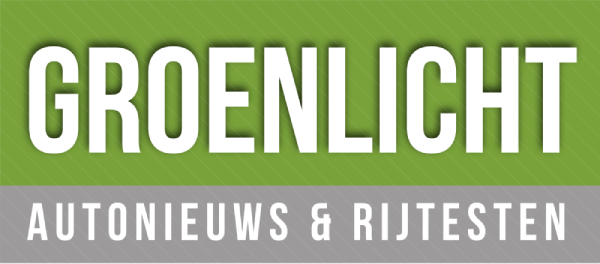
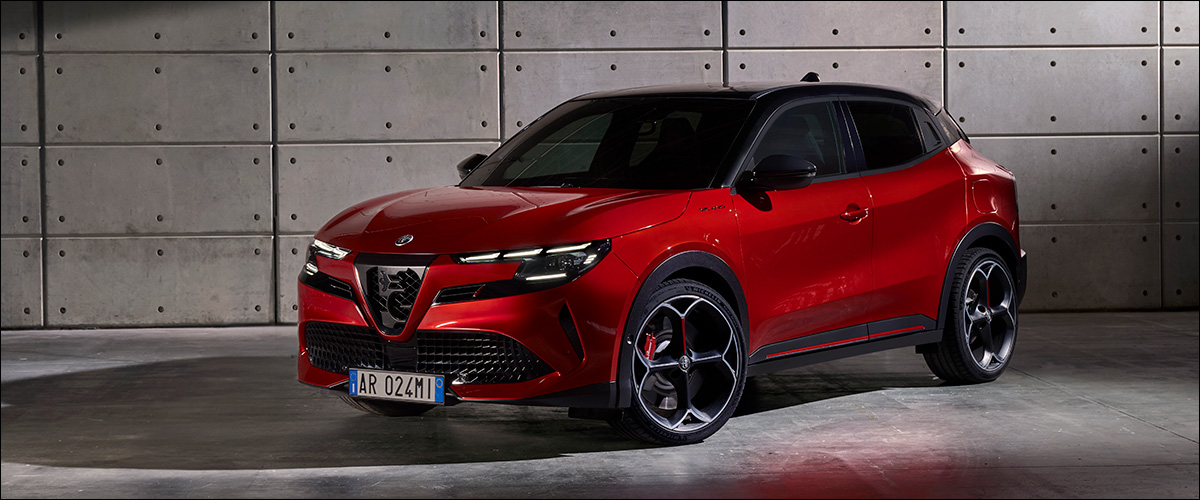 Vergeet de gloednieuwe
Vergeet de gloednieuwe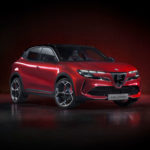
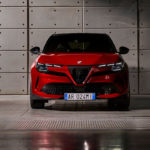

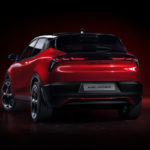
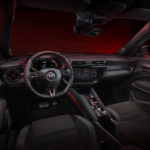
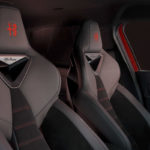
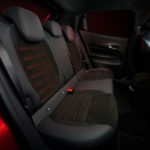
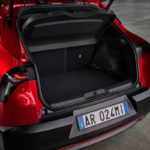
 De compacte Alfa Romeo crossover zal als Milano (en dus niet Brennero) door het leven gaan, desgewenst voorzien van een zuiver elektrische aandrijflijn!
Met de toevoeging van de
De compacte Alfa Romeo crossover zal als Milano (en dus niet Brennero) door het leven gaan, desgewenst voorzien van een zuiver elektrische aandrijflijn!
Met de toevoeging van de